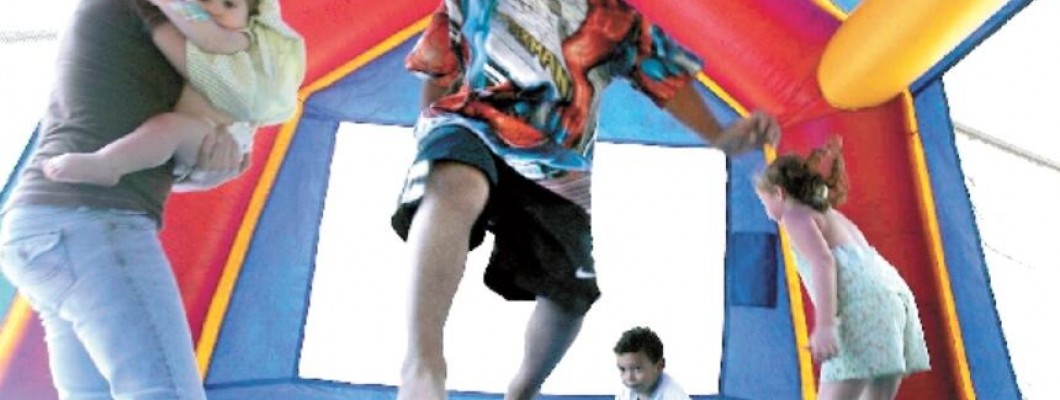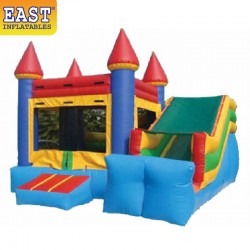
Bounce houses are a popular feature at children's parties and events. While they provide hours of entertainment, the question often arises: Is it safe for kids of different ages to share a bounce house? Mixing age groups in an inflatable play environment can lead to potential issues, so it's important to understand the risks and how to mitigate them.
Risks of Mixed-Age Play
When children of varying ages, sizes, and physical abilities share the same bounce house, several risks can arise:
- Physical Disparities: Younger children are typically smaller and less coordinated than older ones, which can make them more vulnerable to accidental collisions or falls. Older kids may jump more forcefully, creating instability that can lead to younger ones being knocked over or injured.
- Overcrowding: Bounce houses have capacity limits, and when children of different ages and sizes use the same space, it can quickly become overcrowded. This increases the chances of accidents like tripping, falling, or getting caught in awkward positions.
- Varied Play Styles: Older children might engage in rougher play, such as more aggressive bouncing or pushing, which can be overwhelming or dangerous for younger kids. The different energy levels and play behaviors often clash, leading to potential injuries or conflicts.
- Lack of Supervision: Supervising mixed-age groups can be challenging. Adults may have a harder time keeping track of everyone, ensuring rules are followed, and preventing potentially hazardous situations from escalating.
Tips for Ensuring Safety
Although there are risks involved, there are steps you can take to make sharing a bounce house safer for kids of all ages:
- Separate Play Times: If possible, designate different times for younger and older children to use the bounce house. This reduces the likelihood of injuries and ensures everyone has a fair and safe chance to enjoy the space.
- Limit Capacity: Ensure the bounce house is not overcrowded by sticking to the manufacturer’s recommended capacity. Having fewer children inside at a time reduces the risk of collisions and helps maintain a safer environment.
- Supervision: Always have at least one adult present to supervise the activity. Make sure they are actively monitoring the children and enforcing safety rules, such as no flips, roughhousing, or overcrowding.
- Set Clear Rules: Explain to the children, regardless of age, what the safety rules are before they start playing. Make sure they understand the importance of respecting each other’s space and playing gently.
Conclusion
While it can be tempting to let kids of all ages enjoy a bounce house together, it is important to recognize the potential risks involved. By taking precautions, such as limiting playtimes by age and ensuring proper supervision, you can help create a safer, more enjoyable experience for everyone.


Leave a Comment